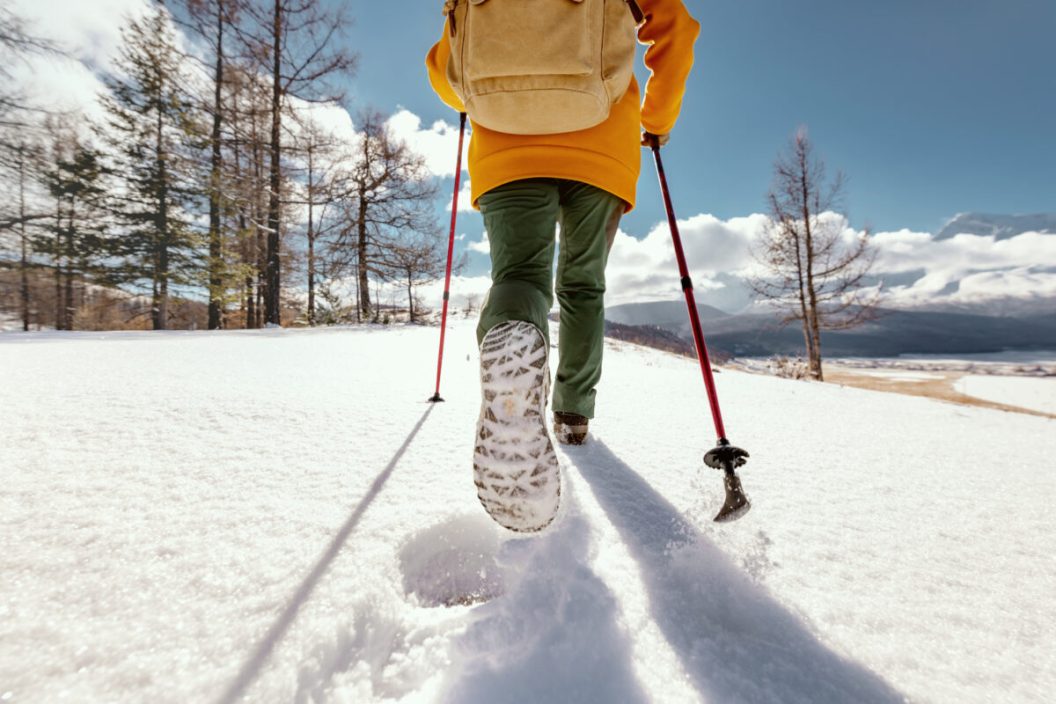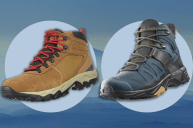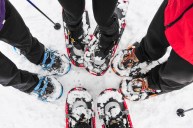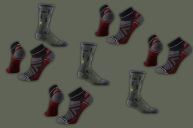Nothing can ruin an outdoor adventure in a winter wonderland like freezing feet. They are incredibly painful, they make it tough to cover ground, and they can distract you from the beauty all around you. Rather than waiting until your toes have turned purple midway through a hike, you can take a few steps ahead of time to care for your feet and prevent them from going cold on the trail.
Wear Warm Socks
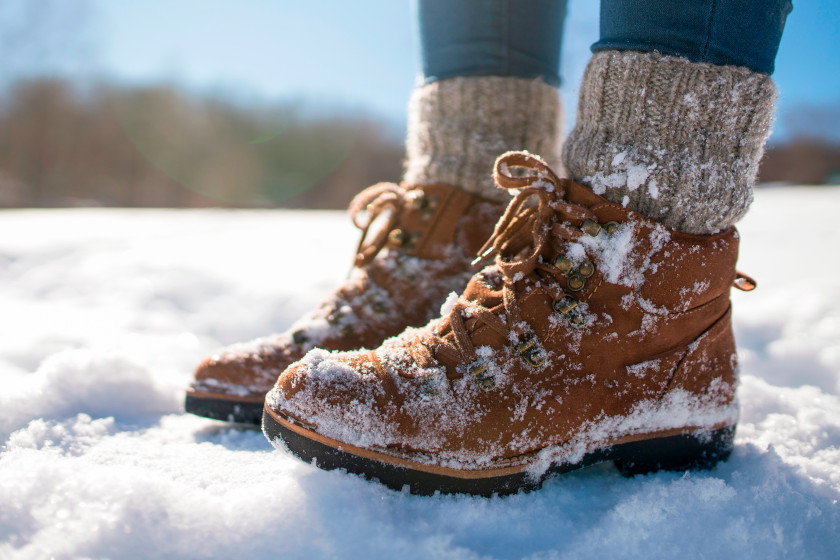
SrdjanPav via: Getty Images
Thick doesn't necessarily mean warm when it comes to hiking socks. A thin pair of merino wool socks will perform significantly better than a thick pair made of cotton. Merino wool will not only keep feet comfortably warm without the itch, but it will also wick moisture away from sweaty feet and help toes stay dry. Another huge benefit of Merino is how well it handles odors. It just helps prevent the dreaded stink from logging lots of miles. You can layer socks, but make sure none of the socks are too tight on your feet and you still have plenty of room inside the toe box of your boot. Usually one solid, high-quality pair of wool socks will be best, though.
Find the Right Boot Fit
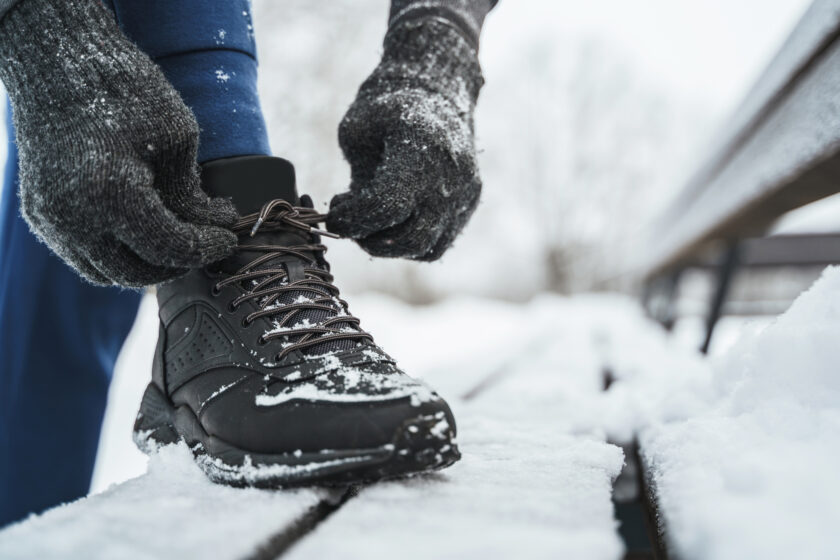
Getty Images, Jun
When you buy boots, make sure they aren't too tight, and you leave enough room inside for oxygen to circulate. If your boots are too tight, your feet might feel colder. If you plan to wear thick socks or multiple pairs, you should consider going up a half or full size in boots. Be careful not to lace them too tightly. Remember your feet may swell as you hike and work up a sweat! Choose a comfortable, well-fitting pair and break them in before going on any long winter hikes to minimize the chances of developing blisters or painful hot spots. Find boots with solid traction that are sturdy enough for the terrain you'll be covering but ensure they're not too stiff or blocky to move in. Don't be afraid to get less-than-attractive boots that check all the other boxes. It should be function over fashion here.
Choose Waterproof Boots with Appropriate Insulation
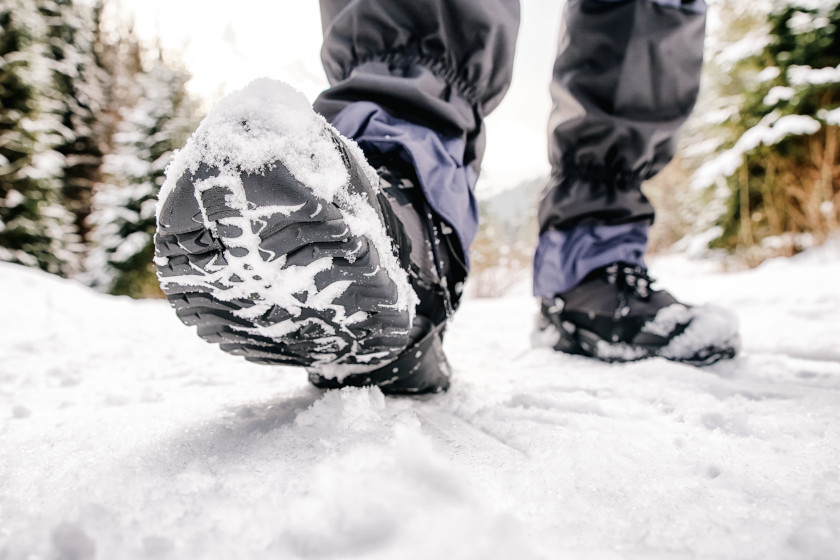
jarino47 via: Getty Images
Even if you do your best to stick to cleared trails and avoid moving water, you'll likely get your boots wet at some point during wintertime hikes. It's best to opt for waterproof — not just water-resistant — boots that will protect your feet from the elements. If you'll be hiking in sub-freezing temperatures, you will probably want a pair with added insulation. A wide variety of insulation levels are available, so consider the conditions you'll be hiking in and how cold your feet typically get when choosing.
Consider Additional Protection

Getty Images, djedzura
Beyond socks and boots, you can protect your feet from cold and moisture with accessories such as robust gaiters, thermal insoles, or heated socks. Hiking in the snow or heading off-trail? Waterproof gaiters can ensure nothing slips down into your boots. Suffer from Raynaud's Syndrome or just generally cold feet? Throw on a pair of heated socks that will stimulate circulation. Notice a lot of heat loss when standing on cold ground? Slip in some insoles to maintain warmth and keep feet toasty.
Keep Your Head and Core Warm

recep-bg via: Getty Images
The key to keeping your feet from freezing isn't just to keep them covered and cozied up — it's to make sure other parts of your body stay warm too. Keep your head covered with a warm hat and your core insulated with plenty of layers to keep your vital organs warm and the blood flowing to your extremities. You can always shed layers as you heat up, but it's important to start off your hike feeling warm if you want to stay that way throughout the trek.
Be Smart About Breaks
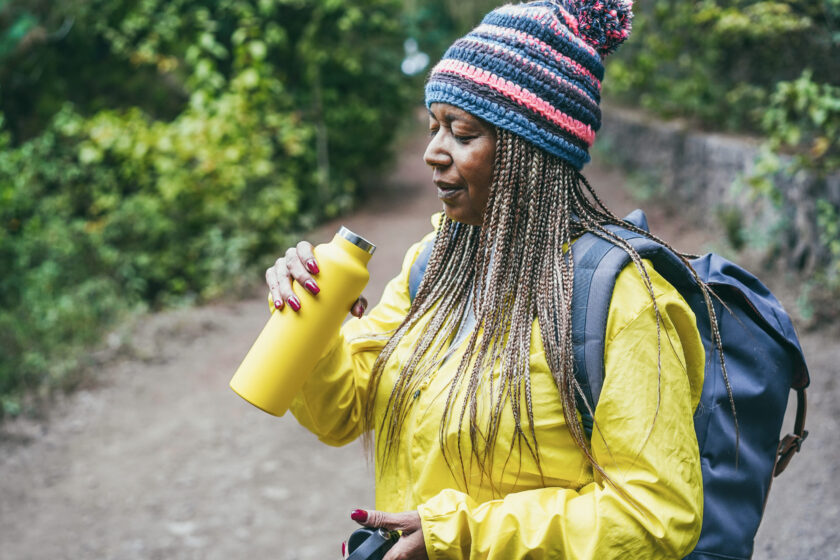
Getty Images, DisobeyArt
If you get winded on a winter hike and need to take a breather, make sure to keep it brief. Stopping for too long can leave you cold and experiencing chills. Choose smart spots to take breaks, standing on rocks or exposed ground — something other than snow that will cool down your feet. Always keep your toes moving, even during breaks. Decades of experience sitting in treestands in sub-freezing temps has taught me that letting your toes lock up can be tough to recover from. Wiggle your toes around in your boots while you stand to prevent them from freezing up while you catch your breath.
Always Be Prepared

MilosStankovic via: Getty Images
No matter how well-prepared you feel for a cold-weather hike, you'll likely end up with a wet sock or a raw toe or a frozen foot. Make sure you always take an extra pair of wool socks in case yours get damp. Take some foot or toe warmers in case conditions get extreme and the cold is unbearable. And leave a spare pair of shoes or boots in your car so you can swap them out if yours end up waterlogged or damaged. You should also add some first aid items to your pack in case of blisters or hot spots. The few ounces they'll add to your daypack will be well worth it.
NEXT: MAINE IS RIPE WITH UNIQUE OUTDOOR TRADITIONS
